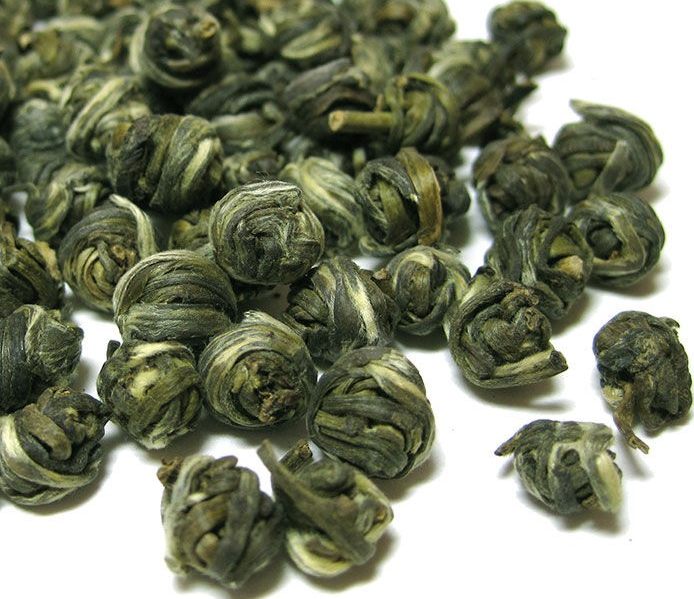The massive iron kettle burbled softly, blowing steam stacks into the cold kitchen, the first rays of sunlight warming the gnarled wood floorboards under my bare feet. Rummaging through the tea drawer, I nostalgically recalled the arrogance of my youth: late nights spent drinking and eating richly and with abandon, the crocodile clutch purse on my lap holding only a lipstick, a credit card and a pack of smokes. Between after-dinner drags and sips from a sobering espresso, I’d repeat thoughtless half-jokes about the nails in my coffin being fashioned from Marlborough cigarettes, the pine box burned on a pyre of empty cigarette cartons.
The hubris of health speaks without humility.
I got religion of breath in mid-age and quit the habit, an excruciation akin to leaving a marvelous lover who will never leave his wife. Redefining my fragile identity sans fume, the rugged transition was made worse without coffee. So hand-in-hand were these two co-dependent devices of pleasure, I could not divorce them of each other. I can still taste the sour flecks of tobacco on my lips mingling with the dark bitter notes on that first sip of black coffee; my olfactory senses flooded with an anticipatory joy before my brain is shot full of euphoric clouds. If I was to finally sever nicotine’s delirious hold, certain activities would need to be curtailed; its romance with caffeine would have to end, Romeo and Juliet-style.
From the tea drawer, I unearthed a mid-century glass canister lidded with a tin top and etched with the word ‘tea.’ Inside rests my practical salvation; hundreds and hundreds of tiny green-white balls, one-quarter the size of a marble, and boasting the fragrance of an entire field of flowers.
Jasmine pearl tea is typically green tea that is scented with jasmine flowers, but can also be a white or a black tea. The young, tender tea buds are harvested in China in early spring. Consisting of two buds and a leaf, each tiny ball is rolled by hand, like little jeweled baguettes on a rich old dame’s long thin fingers.
The tea balls are stored until late summer, awaiting the bloom of the jasmine flower. Grown at higher elevations than tea, the jasmine plant was introduced to China from Persia through India’s spice route during the Han Dynasty (206 BC to 220 AD). The jasmine flowers are harvested early in the morning, their tiny perfect petals closed up tightly, a French Quarter convent at Mardi Gras. The flowers are kept cool until evening when the petals open, releasing their heady perfume. The jasmine is then layered into the tea, requiring several hours to impart their distinct aromas. As the tea will absorb moisture from the scenting process, it’s dried once again to prevent mold.
For centuries, jasmine flowers were used to scent tea, most often reserved for the aristocracy, the royal cuppa. Or in my case, enjoyed by a detoxing gentlewoman from deep within the black abyss of mid-life crises.

